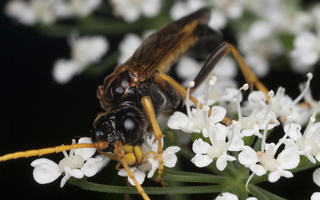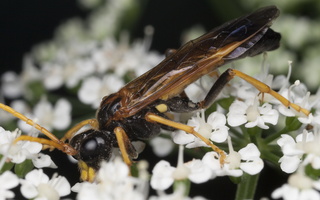- sort orderDefault
Photo title, A → Z
Photo title, Z → A
✔ Date created, new → old
Date created, old → new
Date posted, new → old
Date posted, old → new
Visits, high → low
Random - Google Map
- map
 home / Insecta · vabzdžiai / Hymenoptera · plėviasparniai / Tenthredinidae · tikrieji pjūkleliai / Tenthredo campestris · pjūklelis
home / Insecta · vabzdžiai / Hymenoptera · plėviasparniai / Tenthredinidae · tikrieji pjūkleliai / Tenthredo campestris · pjūklelis

-
 Tenthredo campestris · pjūklelis
Tenthredo campestris · pjūklelis
-
 Tenthredo campestris · pjūklelis
Tenthredo campestris · pjūklelis
-
 Tenthredo campestris · pjūklelis
Tenthredo campestris · pjūklelis
-
 Tenthredo campestris · pjūklelis
Tenthredo campestris · pjūklelis
-
 Tenthredo campestris · pjūklelis
Tenthredo campestris · pjūklelis
-
 Tenthredo campestris · pjūklelis
Tenthredo campestris · pjūklelis
-
 Tenthredo campestris · pjūklelis
Tenthredo campestris · pjūklelis
Tenthredo campestris · pjūklelis
- Feldblattwespe
- pilarz polny
Tenthredo campestris is widespread in the northern Palaearctic from southern Scandinavia to the Mediterranean.
Females reach body lengths of 12-14 mm and are considerably larger then the males who only reach a length of 9 - 12 mm. The bodies are bright red and black. The head, thorax, and eyes are black. The antennae are yellowish and comprise 7 or 9 segments. The abdomen is black, shiny, and has a large reddish-yellow or yellow stripe in the middle of its upper surface. It is longer and wider in the females than in the males. The wings are milky-transparent. Their venation is clearly observable. The forewings lack the subcosta. The upper section of the legs is reddish-brown to yellowish-red. Towards the feet there is a yellowish tinge.
The larvae are yellowish after hatching and resemble caterpillars. They have 8 small pairs of legs attached to their abdomens. Their antennae have 4 - 5 segments. When disturbed, the larvae curl into a "S" shape and resemble small snakes. En masse these larvae can cause major damage to shrubs and trees.